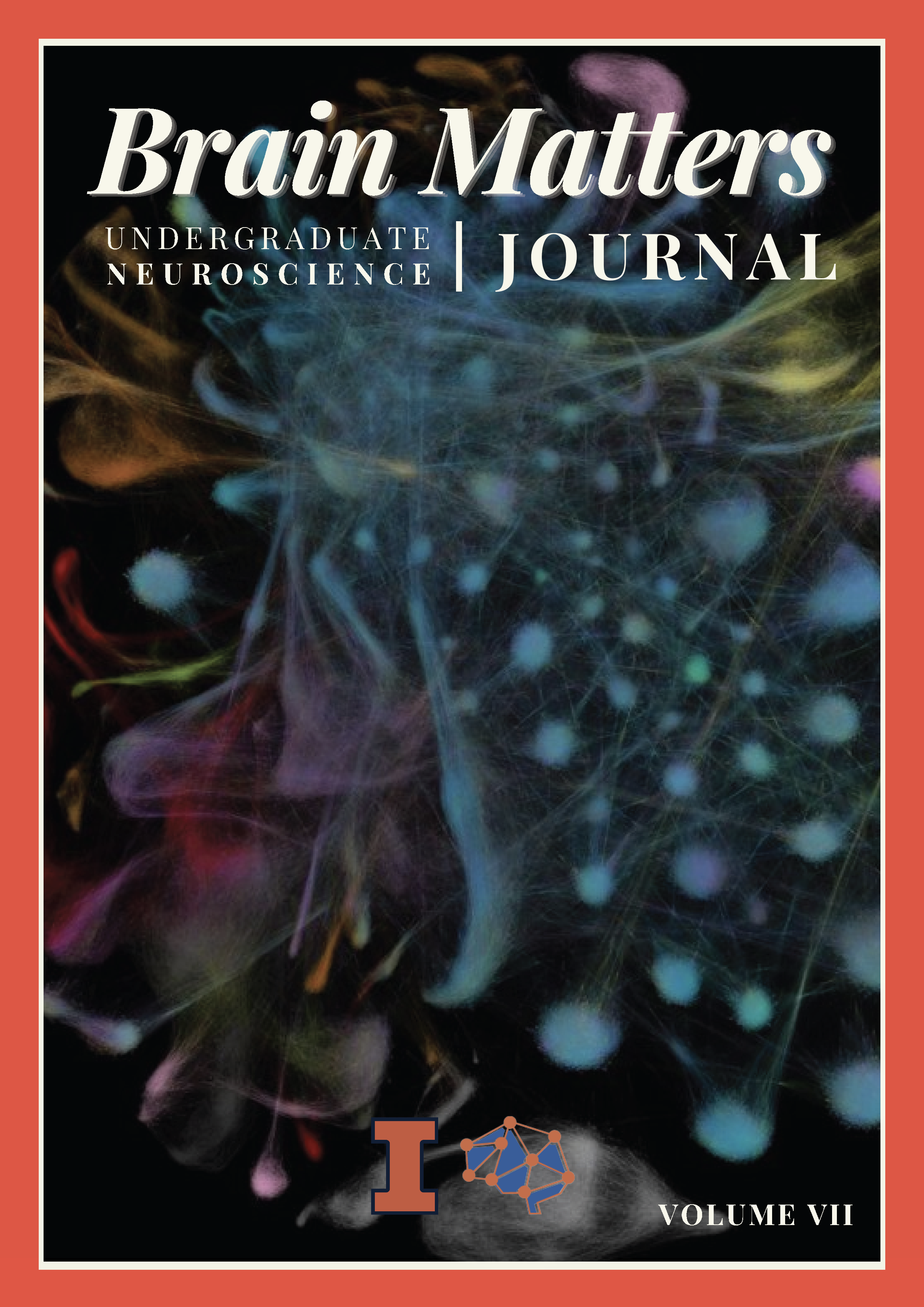Impacts of Lifelong Bilingualism on Neurodegenerative Diseases
Main Article Content
Abstract
Lifelong bilingualism is the regular use of two languages throughout one’s daily life. Constantly switching between languages requires more control over word selection and the ability to resolve interference from the language not in use (Abutalebi & Green, 2016). Because bilinguals face these conflicts on a regular basis more often than monolinguals, there has been evidence of structural changes and increased connectivity from overuse of certain areas and networks of the brain associated with carrying out these executive control tasks. This article aims to provide insight into how bilingualism and reserve works together, and how that relationship can manifest improvement in cognitive functioning in individuals with neurodegenerative diseases.
Article Details

This work is licensed under a Creative Commons Attribution-NonCommercial-ShareAlike 4.0 International License.

